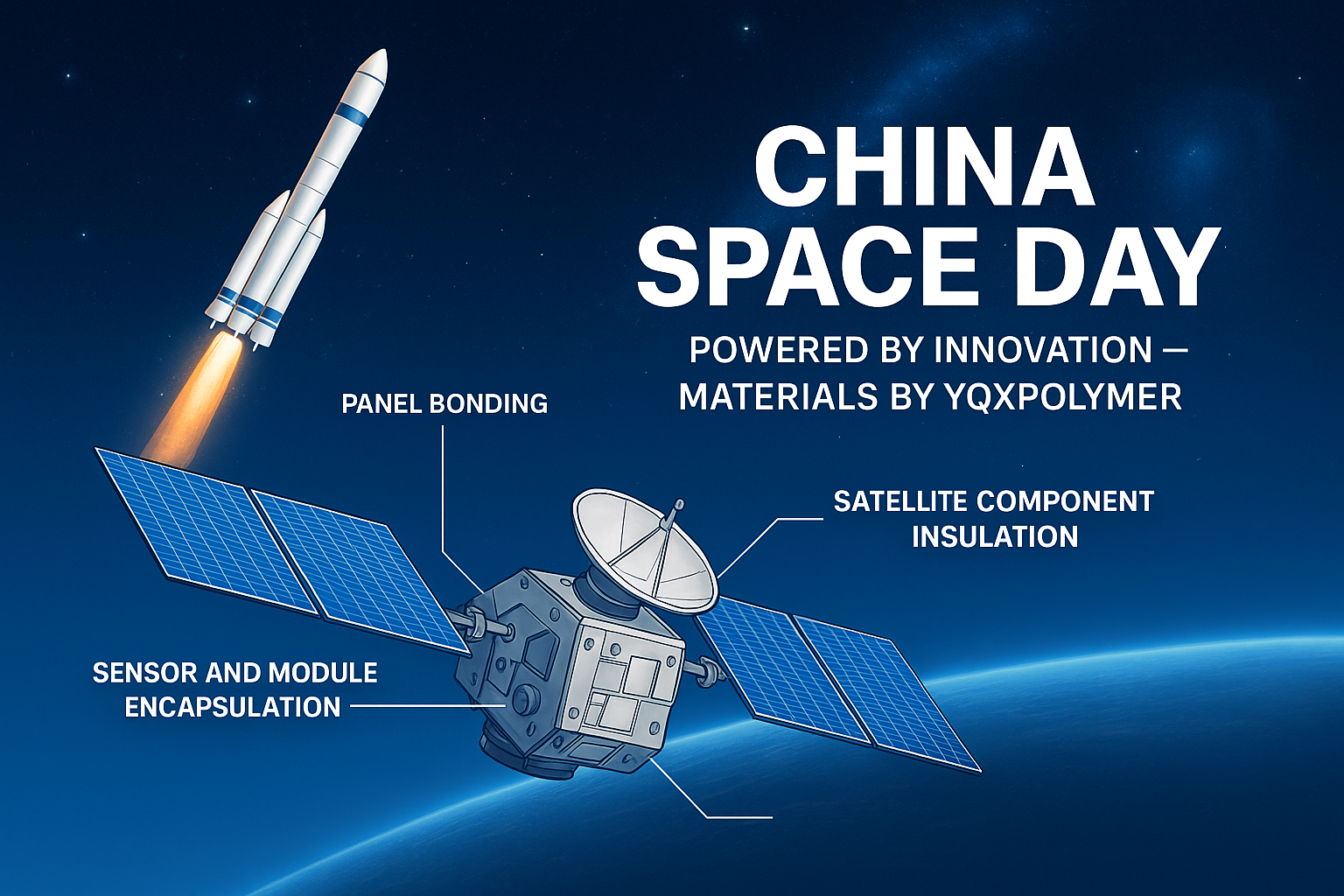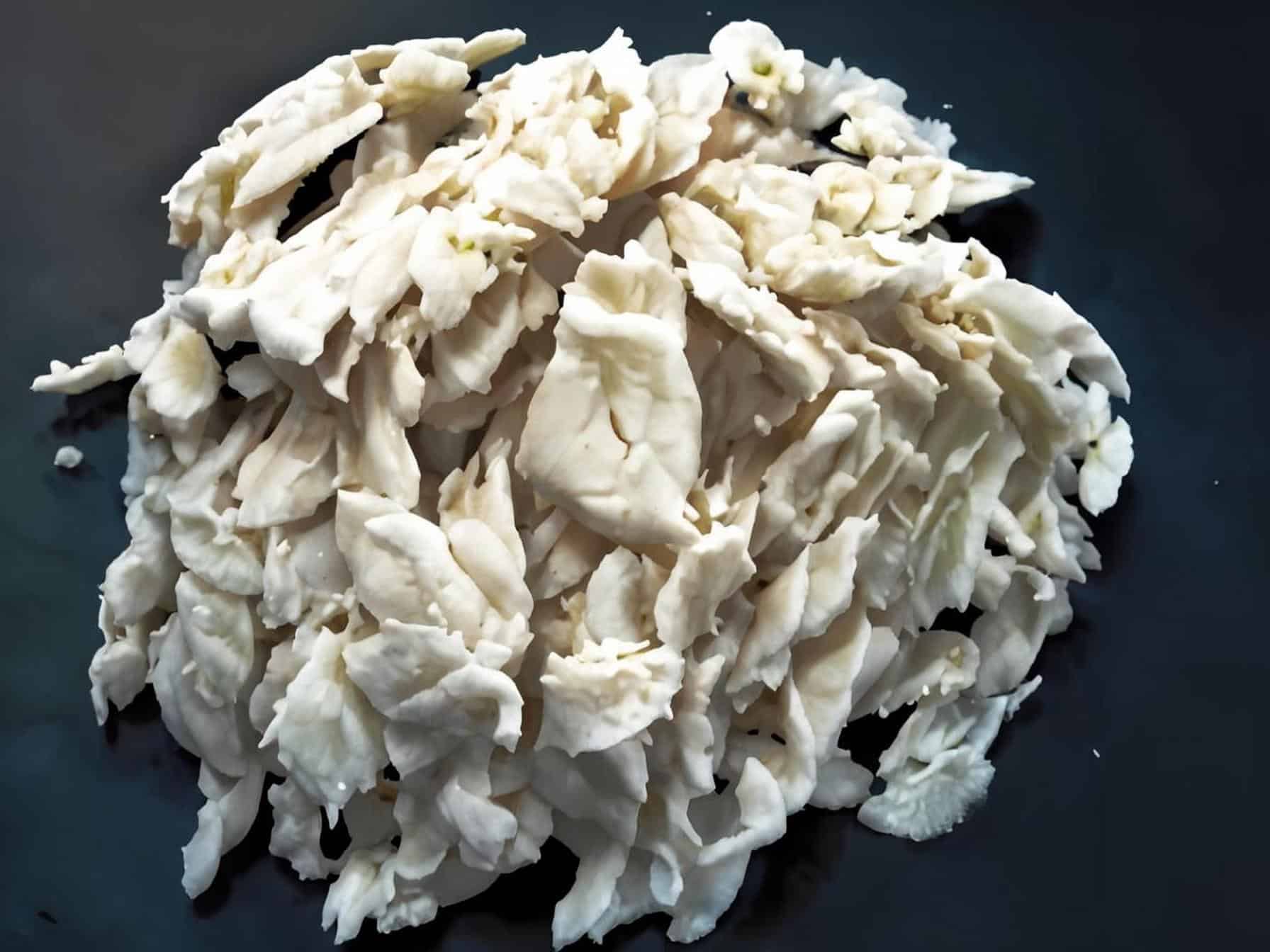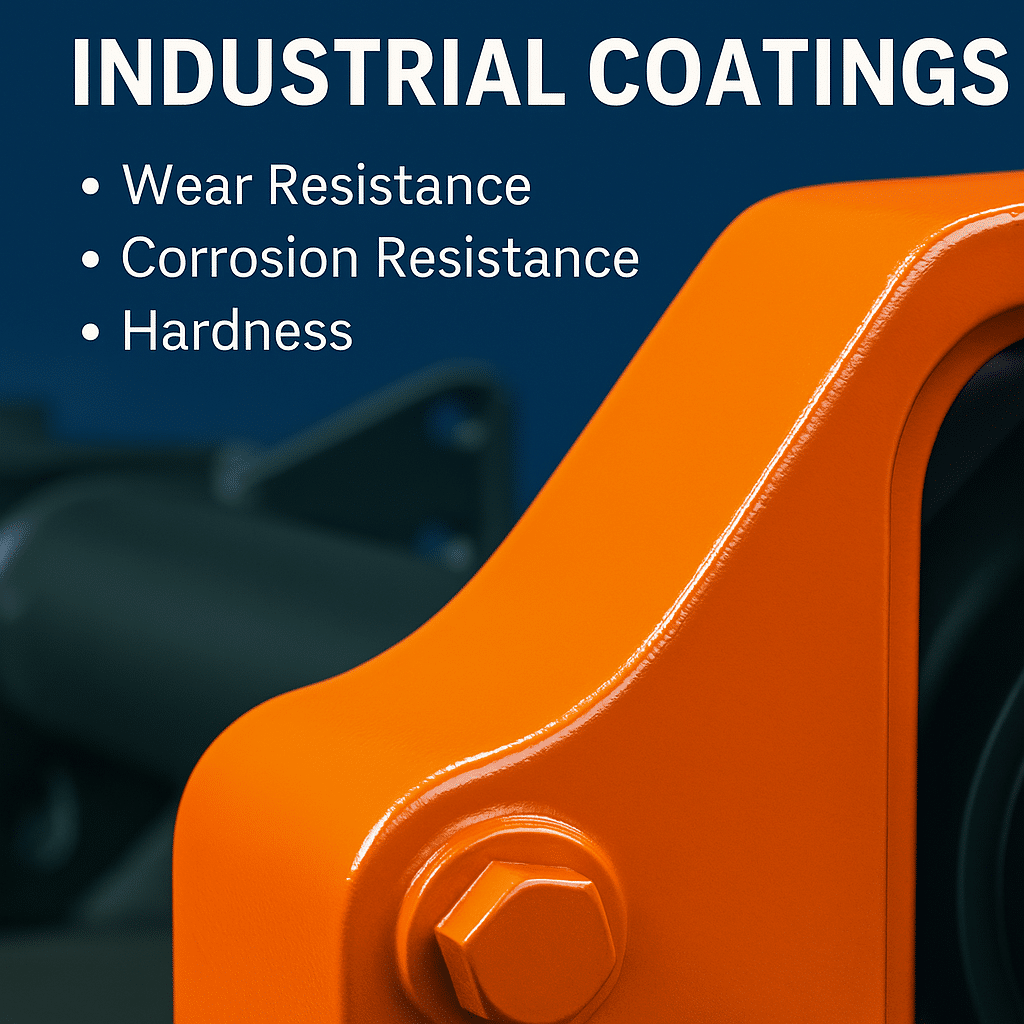The application of epoxy resin in construction mainly includes the following aspects: firstly, floor coating, secondly, building corrosion prevention, and thirdly, structure strengthening. Regarding floor coatings, the most commonly used film-forming materials are synthetic resin-based materials represented by epoxy resins. Coatings are generally categorized into solvent-free, solvent-based and water-soluble types. The solvent-based system has the defects of solvent volatilization, small viscosity of coating, low solid content, thin film formation at one time, easy to float color during construction, and weak impact resistance of film-forming material. Solvent-free system does not contain inactive solvents, solid content can be adjusted to nearly 100%, a film thickness, the construction will not appear Benard nest and floating color. Water-soluble clean wear-resistant floor coatings have good adhesion to wet substrates. About building corrosion prevention, due to acid, alkali, salt and organic solvents and other media, building materials produce different degrees of various types of physical and chemical damage. This corrosion process is generally slow, short-term consequences do not show, once the harm is quite serious. In the construction project epoxy resin corrosion prevention, commonly used materials and products including resin cement, resin mortar, glass fiber reinforced plastic and resin glass scale. Resin mastic, resin mortar and resin glass scale, is to resin for binder add hardener, toughening agent (some materials need to add accelerator or diluent), and powder, fine aggregate, coarse aggregate, and after treatment of glass scale formulated. Regarding structural reinforcement, concrete and reinforced concrete structures are often subjected to different damages due to various factors in the course of use, affecting the service life. After years of use, most of the buildings will have different degrees of damage and need to be maintained and repaired. Epoxy resin made of epoxy adhesive with superior performance, more ways to modify. Mostly used for concrete components of bonding, and repair, bridge engineering, aircraft runway, highway construction, concrete structure crack reinforcement reinforcement or anti-seepage and leakage grouting and so on.
Epoxy resin and concrete interface bonding performance research
(I) Introduction
Epoxy resin materials due to high strength, wear resistance, seepage resistance, frost resistance and good impact resistance, etc., more and more by the engineering department’s attention. And it has become one of the fastest developing building materials in research and application. Especially in recent years, with the emergence of new epoxy materials, epoxy resin materials in water conservancy and hydropower, civil engineering and other fields of engineering applications are also more and more. However, epoxy resin and concrete are two kinds of materials with very different structures and properties, and there are great differences in shrinkage and deformation properties. In the curing process of the stress generated by the concrete constraints and often produce cracking and dehollowing phenomenon. Therefore, to improve the interfacial bond between epoxy resin material and concrete is an important issue in the research of its application in engineering. This paper analyzes and discusses several main factors affecting the bonding of epoxy resin and concrete through indoor tests and practical engineering research, and explores effective ways to improve the bonding of epoxy resin and concrete.
(II) Experimental part
1.Main raw materials
Modified E44 epoxy resin: Zhengzhou University, Shanghai Qiangrui Chemical Co., Ltd; active diluent 501: Shanghai Qiangrui Chemical Co., Ltd; active toughening agent (912): self-developed; inactive toughening agent (dibutyl phthalate): produced by Shanghai Solvent Factory; modified amine curing agent: self-developed; filler (70 ~ 100 mesh quartz sand), produced by Luoyang Longmen Sand Factory.
2.Test methods
(1)Consistency
Tested according to cement mortar consistency test method SD105-1982.
(2) Bond strength
The bond strength in this paper refers to the bond test results with epoxy resin, formulated as epoxy resin mortar (EM) after 7d and concrete; test with concrete ultimate tensile specimen, two concrete specimens in the middle of the filler bond.
(3) Bond tensile strength
In order to examine the actual bonding effect of EM construction to the concrete surface, the interface bond strength was tested directly on the EM construction layer. Firstly, an isolated surface of Φ950mm was cut out on the EM construction surface to be tested, and the bond strength between EM and concrete was tested by bond pullout tester (DYMAZ-15) by cutting through the EM layer and reaching 5-10mm deep into the concrete.
(4) Linear shrinkage
The linear shrinkage of EM mainly occurs in the curing reaction stage, especially the primary stage of the reaction. However, there is not a fixed test method in China. Referring to foreign standards and test methods, a set of test methods is introduced with the following steps:
1) Prepare a steel trough with 2 sliding heads that can slide freely without restriction and 1 connected thermocouple, and each of the 2 sliding heads is connected to a displacement sensor with an accuracy of 0.01mm;
2) Pour EM in the steel trough and make the 2 sliding heads tightly bonded to the two ends of the poured EM specimen respectively;
3) Record the displacement readings of the sensors and the temperature readings of the thermocouples at intervals of 5 min until the test ends when the difference between the displacement readings of the 2 neighboring times is <0.1 mm (with the gradual slowing down of the curing reaction rate, the recording intervals can be appropriately extended);
4) Calculation of linear shrinkage S = [(δ1 + δ2 - Lm - △T - am)/Ls] × 100% (where δ1 and δ2 are the maximum readings of the 2 sensors, △T is the difference between the maximum and minimum of the thermocouple's indicated value, am is the coefficient of thermal expansion of the steel, and Lm is the effective length of the EM specimen).(III) Test results and discussion1. Effect of EM ratio on bond strengthIn order to investigate the effect of different consistency EM on the bond strength of the interface, a total of five groups of tests were designed by changing the ratio of filler to epoxy slurry. The test results showed that the bond strength increased gradually with the increase of EM consistency. This is a result of the increased infiltration of EM into the concrete substrate. However, the existing research results proved that the relative increase of slurry in EM with increasing consistency leads to an increase in the curing shrinkage stress of the system. Therefore, while considering the effect of interfacial bonding, the shrinkage stress of EM is also a problem that should not be ignored, otherwise the durability of the bonded surface will be adversely affected.2. Influence of different types of tougheners on bond strengthIn order to improve the brittleness of EM, some toughening agents are often mixed in it. Toughening agent is divided into active toughening agent and inactive toughening agent. Although both types of materials can increase the flexibility of the system, the toughening mechanism is very different. In order to demonstrate the effect of the two types of toughening agent on the interfacial adhesion, under the condition of other materials and the same ratio, the active toughening agent 912 and the commonly used inactive toughening agent dibutyl phthalate were chosen to do the control test. The test results show that the bond strength of EM with inactive toughening agent gradually decreases with the growth of age, while the bond strength of EM with active toughening agent slightly increases. This is because the inactive toughening agent can miscible with the epoxy resin, reduce the interaction force between the epoxy resin molecules, and play a certain role in improving the brittleness of the EM curing system in the short term. However, it does not react chemically with the curing agent, and is only mixed with the epoxy resin polymer skeleton in the liquid state between the flow. When the cured EM is compressed or stretched by external force, the dibutyl ester droplets between the epoxy resin polymer skeleton will flow to the space with less pressure, resulting in the formation of gaps between the epoxy resin polymer skeleton and causing the curing system to resist the decline in the ability to resist external forces.In addition, the liquid toughening agent not involved in the reaction in the EM will slowly overflow the EM curing system and volatilize, the longer the overflow the more. With the overflow of liquid droplets, the curing system will form a gap between the skeleton, resulting in EM curing system of the weak links, resulting in EM mechanical properties decline in the contradiction is more prominent, and further reduce the bonding performance of EM, and make its heat distortion temperature drop, curing shrinkage increases. The active toughening agent has a reactive active group at each end of the molecule, which can react chemically with the curing agent, and the flexible chain with low rotational activation energy of the molecular chain segment of the toughening agent is involved in the three-dimensional network structure of the epoxy resin. When deformed by external forces, the flexible chain segments of the toughening agent between the cross-linking points will produce plastic deformation. Absorb and consume the energy of external force, improve impact resistance, by external impact or temperature stress, the curing structure will yield, weaken the internal stress concentration of the system, conducive to improving the bonding performance.3.The effect of EM reaction heat on bond strengthThe curing reaction of EM belongs to the exothermic reaction, the amount of exothermic heat in the reaction and the peak exothermic temperature will have a great impact on the performance of the curing system. Curing reaction process exothermic peak temperature reflects the curing system, in the curing reaction process due to the reaction of exothermic and reached the highest temperature. The higher the peak temperature, the more intense the curing reaction, the shorter the molecular chain of the curing system, the greater the brittleness of the structure, the greater the shrinkage rate. The main factor affecting the curing temperature is the curing agent. In the experimental study, four curing agents with different peak exothermic temperatures of the curing reaction were tested for their curing system shrinkage by experimental comparison, and the curing system produced different stresses at different reaction stages. At system temperatures higher than T-g (glass transition temperature), the material is in a viscous flow state, and the deformation and movement of the molecular chains are not constrained, resulting in no shrinkage or stress. When the temperature drops to Tg, the system is in the glassy state, at which time the contraction reaches the maximum value and the stress damage is most serious, and the larger the difference between the peak temperature and Tg, the more serious the stress damage is, affecting the bond strength of the interface. Therefore, the selection of curing agent in EM application is crucial.4. Influence of concrete surface moisture on bond strengthConcrete is a porous material with high interfacial energy on the surface, the internal capillaries and the surface is very easy to adsorb a large number of water molecules, and the formation of a water film on the surface of the concrete, reducing the interfacial energy of the bonding surface, which is not conducive to the infiltration of EM on the concrete, reducing the bonding force. In addition, the water adsorbed on the surface of concrete contains a large number of Ca(OH)2 to make the water alkaline, in the alkaline environment, the effective group of epoxy resin will be damaged, and cause the molecular chain fracture, reduce the bonding force of EM.5. Influence of concrete surface roughness on bond strengthIn order to improve the interfacial bonding strength in engineering construction, the concrete surface is often roughened. Roughness treatment can get purified concrete surface, improve the interface energy, increase the degree of infiltration of EM, and at the same time can change the state of the surface and the distribution of stress, impede the expansion of cracks under the action of external forces, and help to improve the interface bond strength.(IV) ConclusionWith the decrease of EM consistency, the bond strength increases, but the shrinkage stress will also increase, the appropriate material ratio is necessary to improve the bond strength and durability.The curing exotherm of EM will adversely affect the bond strength, the selection of appropriate curing agent, reduce the exotherm temperature peak is one of the effective ways to improve the bond strength. The greater the humidity of the interface, the lower the bond strength; suitable surface roughening treatment can improve the bond strength of the interface.More YQXPOLYMER Epoxy Resin information, please contact us via email: sales@yqxpolymer.com , or voice to us at: +86-28-8411-1861.Some pictures and texts are reproduced from the Internet, and the copyright belongs to the original author. If there is any infringement, please contact us to delete.




